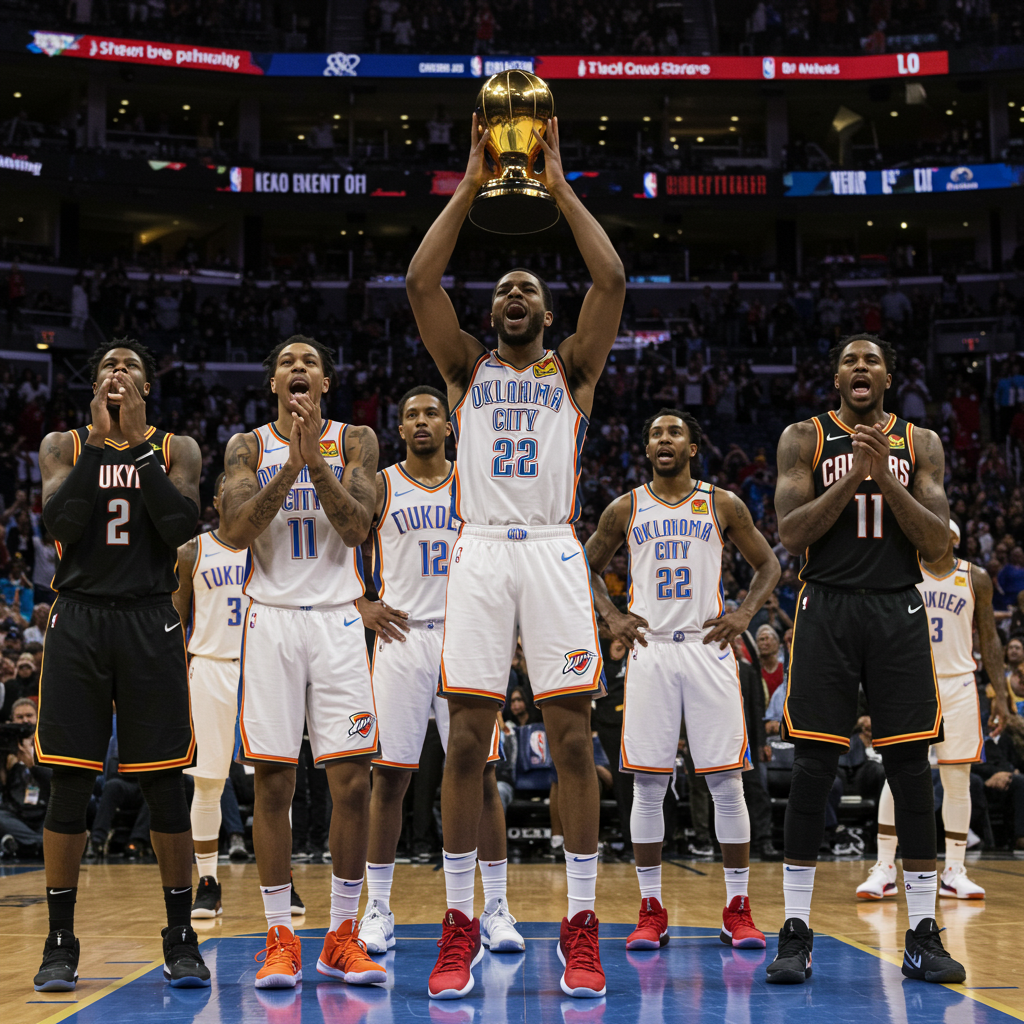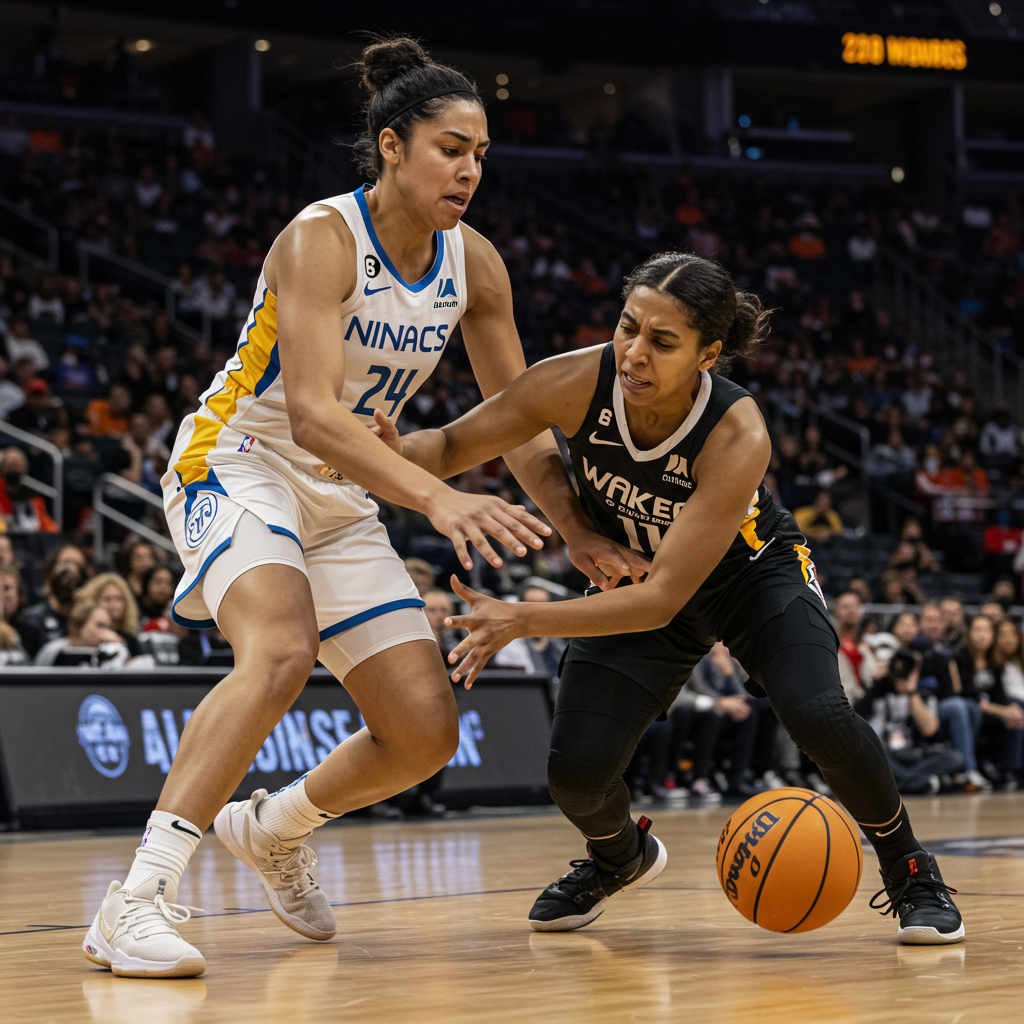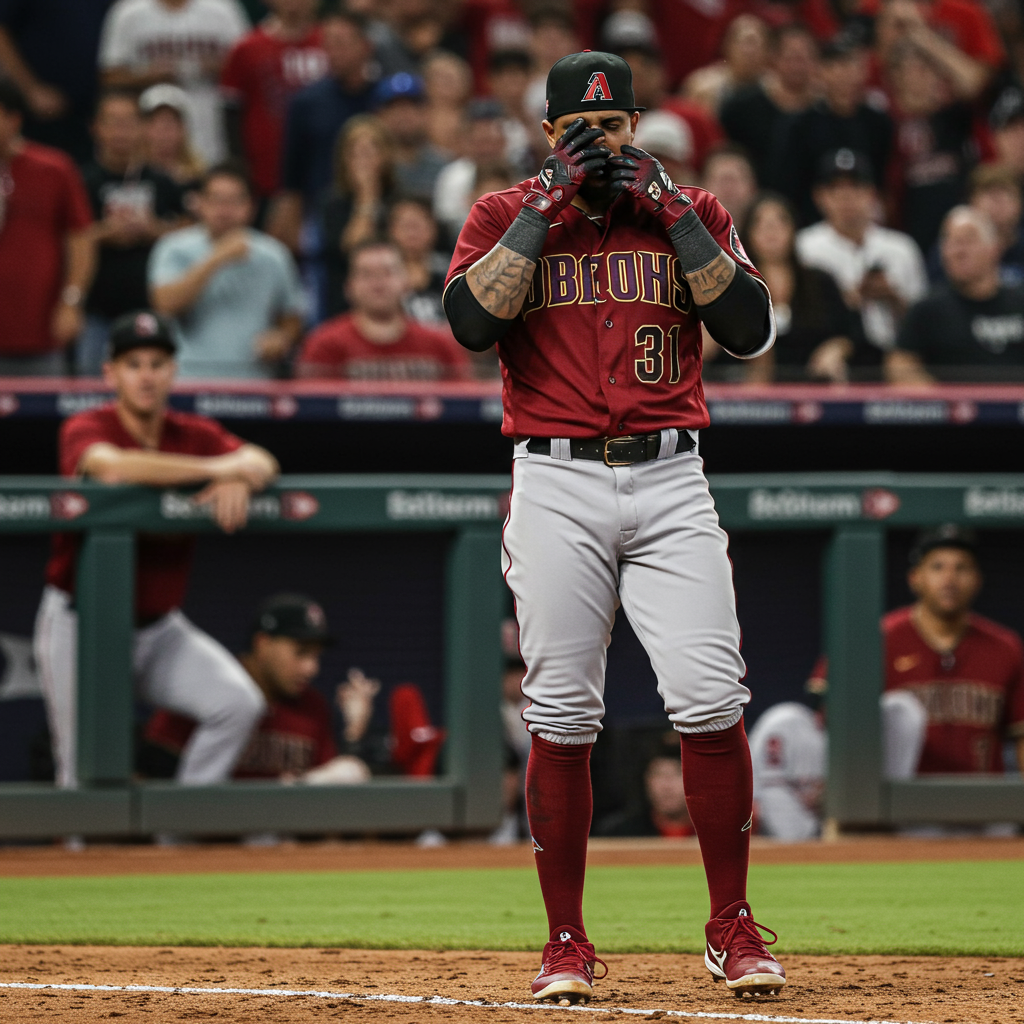The Oklahoma City Thunder have done it. By claiming the NBA championship against a resilient Indiana Pacers squad in a thrilling Game 7, they didn’t just win a title – they potentially signaled the dawn of a new era that many around the league view with dread. While fans in Oklahoma City celebrate, the prospect of a Thunder dynasty represents a potential “nightmare scenario” for the rest of the NBA, particularly for rival teams in the Western Conference and those concerned about competitive balance.
This outcome arrived after a hard-fought Finals series, capped by a dramatic Game 7 where the Pacers, against all odds and despite losing star Tyrese Haliburton to injury mid-game, pushed the Thunder deep into the second half. Backup guard TJ McConnell embodied the underdog spirit, delivering a spirited third quarter to keep Indiana close. However, OKC’s superior talent and depth ultimately prevailed in a 103-91 victory, extinguishing the Cinderella story and cementing the Thunder’s place at the top.
Why an OKC Dynasty Looms Large
The fear surrounding the Thunder isn’t just about one championship; it’s about the foundation they’ve built. This isn’t a veteran-laden team making a last push; it’s a squad stacked with young, burgeoning superstars led by Shai Gilgeous-Alexander, complemented by elite defenders and promising prospects, all still years away from their prime. Their success wasn’t a fluke; it was the culmination of meticulous drafting, shrewd asset management, and player development.
This potent mix of current dominance and future potential is precisely what fuels the “nightmare” narrative. For teams like the Houston Rockets and others vying for contention in the stacked Western Conference, the thought of navigating a future where the Thunder are perennial championship favorites is daunting. Rivals spent years accumulating assets and developing talent, only to see the Thunder seemingly leapfrog them and establish a potential stranglehold on the conference for years to come.
The Threat of Continued Improvement
What makes the Thunder’s position particularly alarming for competitors is their remarkable collection of future draft capital. Unlike some rivals who have fewer paths to acquire top-tier talent outside of their current roster, the Thunder possess an arsenal of draft picks that gives them unprecedented flexibility.
This asset base means the Thunder aren’t just hoping their current young core develops; they have the means to:
Trade for established superstars if needed.
Select high-impact players in future drafts, potentially even landing top prospects.
The fear isn’t unfounded. Analysts have pointed to nightmare scenarios for rival teams specifically centered around the Thunder’s assets. For instance, one discussed possibility revolved around the unlikely event of a lottery-protected pick owed to OKC conveying high enough to land a potentially generational talent like Cooper Flagg. While the probability of such specific scenarios might be low, the capability to make such seismic additions exists because of their asset pool, amplifying the long-term fear factor for the rest of the league.
A Dynasty Threat Unlike Others?
The concept of a “nightmare scenario” in sports often involves facing an opponent that seems almost impossible to overcome – a dominant force hitting their peak at the wrong time for everyone else. Recent sports history offers examples, like the Tampa Bay Lightning’s dominant Stanley Cup run, which required exceptional performance from rivals to even compete. The Thunder, with their youth, talent, coaching, and assets, project to be such a force in the NBA.
Their victory marks the transition from promising contender to undisputed champion. For rival franchises and fans hoping for a more open, unpredictable league, the potential for the OKC Thunder to build a sustained dynasty based on this foundation is not just a challenge – it’s the realization of their competitive nightmare.



